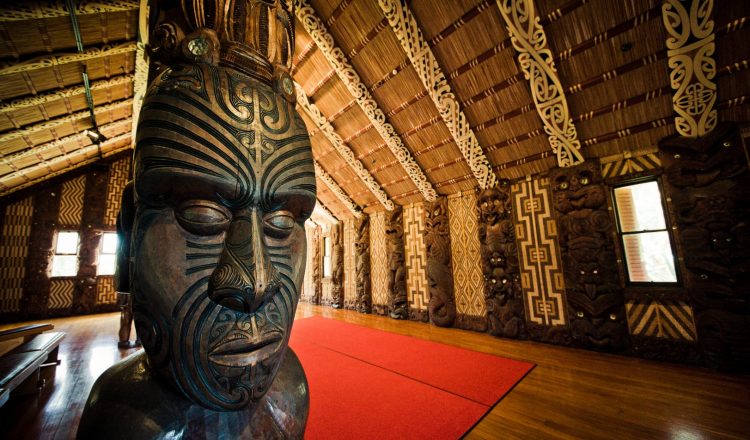Kapa Haka and the Performing Arts
Kapa haka translates roughly to group dance and is used to describe the Maori performing arts. The performing arts are extremely important in Maori and other Polynesian cultures, as they act as an expression and showcase of sacred heritage and cultural identity. The songs and dances that make up kapa haka have been developed over hundreds of years and work to display various Maori past times.
Kapa haka involves choral singing, dance, expressions, posture and synchronisation. What sets kapa haka apart from other cultural performing arts is that it centres around movements associated with hand to hand combat and weapon skills. Similar examples could be the Afro-Brazilian art of Capoeira as it combines music, acrobatics and dance or perhaps Tai Chi from China to a lesser extent.
As a complete performance, kapa haka can last between 20 and 40 minutes with many different songs and dances on display. The Maori perform kapa haka for various special occasions, and competitions are held in New Zealand and around the world to bring in the most talented groups. The music that accompanies the dances and songs is usually created by the voice or by using body percussion like foot stamping or slapping the arms or chest. Guitars and conch shells are the most common instrumental accompaniment.
Like all things, the kapa haka has evolved. Traditionally it was a very bad omen for the singing to pause or be interrupted, for that reason other singers would cover for those that needed a breath. The modern Maori singing and music have drawn influence from European styles, specifically missionaries who introduced harmonic choral singing. Music is a vital part of Maori culture, and new songs are composed in its language very regularly to this day.

















































